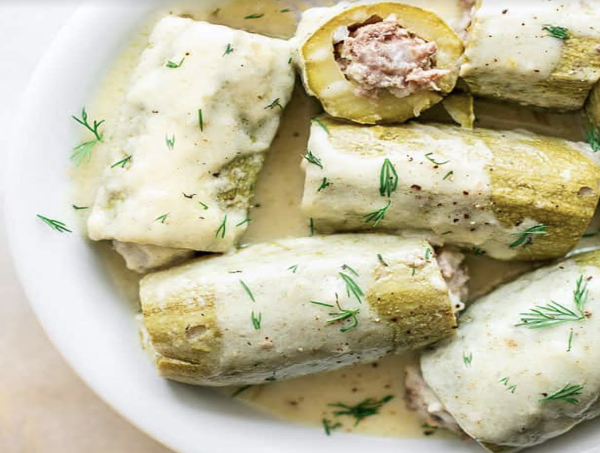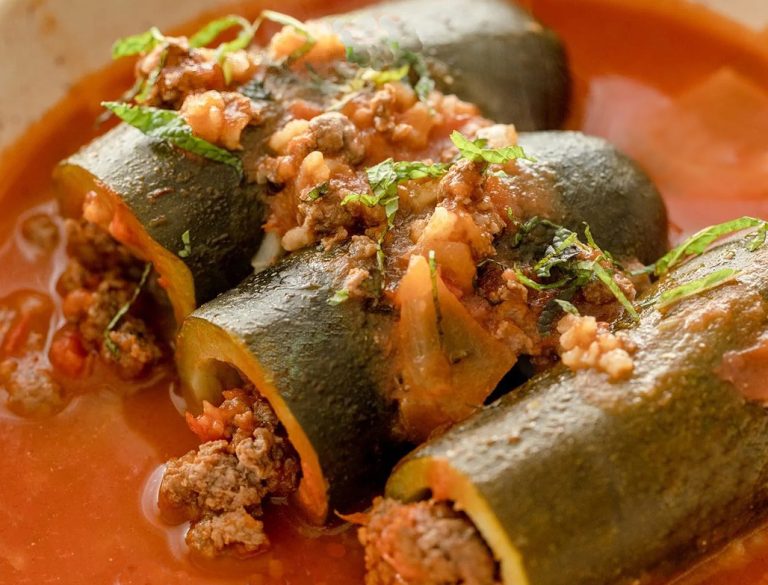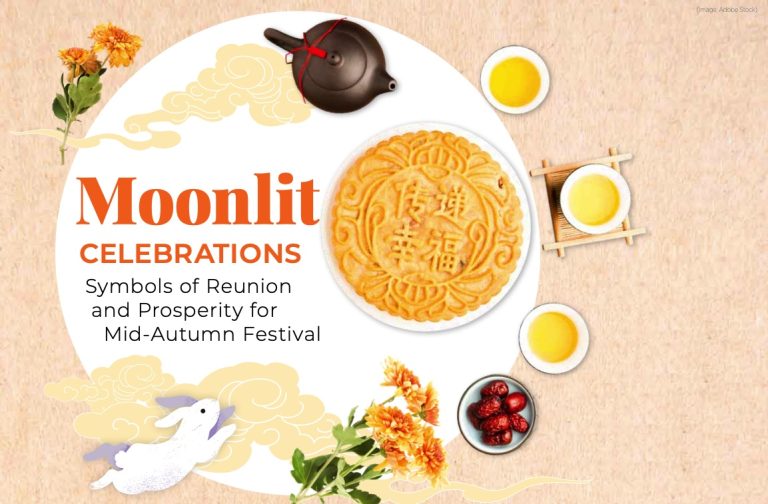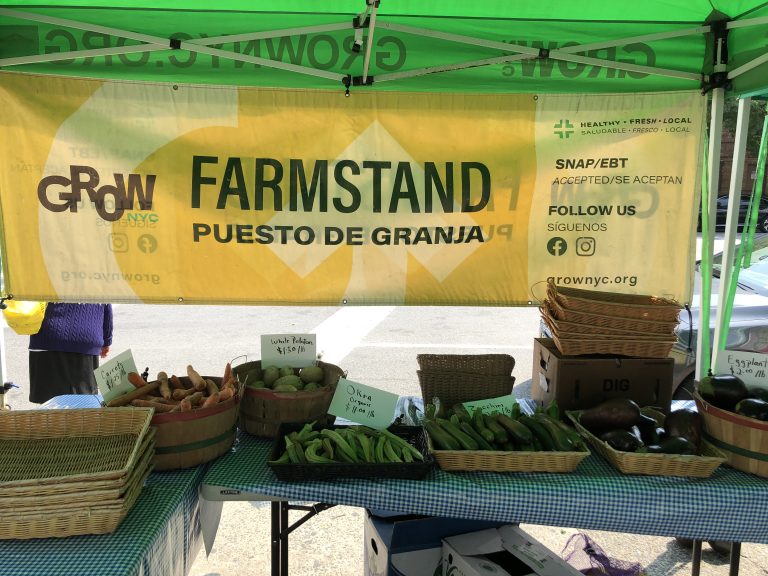Published with permission from LuxuryWeb Magazine
I’ve recently added a wonderful new book to my culinary collection. This one is a tribute to the vibrant world of Lebanese cuisine, penned by Leila Habib-Kirske in honor of her mother, Dr. Madelain Farah, the author of the original Lebanese Cuisine book. The recipes inside offer a taste of authentic Lebanese cooking, a tradition rich in flavors shaped by both Eastern and Western influences.
Lebanese cuisine is a cornerstone of the Eastern Mediterranean culinary world, with a history marked by its position along the ancient Silk Road. This historic trade route introduced a variety of spices and ingredients, adding a unique blend of flavors to Lebanese dishes.

Rooted in tradition
Bulgur (cracked durum wheat), for example, is often found in many traditional recipes, and salads frequently feature not just the classic tomato, cucumber, and lettuce, but also steamed vegetables like dandelions — considered weeds elsewhere but a Mediterranean staple when drizzled with olive oil and lemon juice.
Some key ingredients in a Lebanese kitchen include olive oil, garlic, onion, tahini, yogurt, lemon juice, sea salt, and a range of savory herbs and spices. This cuisine has also been shaped by the culinary traditions of the Ottoman Empire, whose imperial cooks were masters of creating delectable dishes in the palaces of Istanbul from the 13th to the early 20th century, right up until the era of Mustafa Kemal Atatürk, which marked the end of the sultans.
Success
You are now signed up for our newsletter
Success
Check your email to complete sign up
RELATED: How to Make Revani: A Scrumptious Orange-Infused Mediterranean Delight
Many of the recipes found in this book are shared across countries surrounding Lebanon and regions influenced by the Arab conquests and diaspora, stretching as far east as Yemen and as far west as Morocco, Portugal, and beyond. These traditional dishes are enjoyed today not only in the Middle East and North Africa but also across Europe, the Americas, and Australia.
One such beloved dish is stuffed zucchini, which can be found on tables in Greece, Turkey, Persia, and Tunisia, each with its own variation.
The core ingredient in this dish is zucchini, around 6 to 7 inches long, with the center hollowed out to create space for the flavorful stuffing. In many kitchens, the removed pulp is used to make zucchini fritters, like the kolokythokeftedes of Greece or kabak kofte of Turkey—nothing goes to waste!
The stuffing for the zucchini typically includes a mix of ground lamb shoulder or beef (or both), combined with ground onion, chopped parsley, and uncooked long grain rice. In the Lebanese version, chunks of tomato are mixed into the stuffing, while in the Greek version, there’s little or no tomato, and the dish is served with a rich egg-lemon sauce made from the cooking juices. Below, I’ve included both versions so you can choose which one to try.
Lebanese Version (from Lebanese Cuisine):
- 3 lbs zucchini (12-14), up to 6 inches in length
- 1 small onion, chopped
- 1 tbsp butter
- 1 cup raw long grain rice
- 1 lb lamb shoulder, finely chopped
- 1/8 tsp cinnamon
- 1 tbsp salt, plus 2 tsp
- 3 large tomatoes, peeled and diced (or 1 lb canned stewed tomatoes, diced)
- White pepper to taste
Method (Lebanese Style)
Core the zucchini, leaving 1/4 inch walls. Rinse and drain. Sauté the onions in butter. In a bowl, mix the rice, meat, cinnamon, 1 tbsp salt, pepper, and half of the diced tomatoes. Stuff the zucchini with the mixture, leaving room for the rice to expand. Arrange the zucchini over the sautéed onions, top with the remaining tomatoes, and barely cover with water and 2 tsp of salt. Cover and cook on medium heat for 35 minutes or until the rice is done. Serve with the cooking liquid on the side, if desired.
(Note: I like to add a pinch of ground cloves to the meat and rice stuffing when making the Lebanese version.)

Greek Version (from my wife’s notebook):
- 3 lbs medium zucchini
- ½ lb lamb shoulder, ground
- ½ lb beef chuck, ground
- 1 medium onion, ground with the meats
- 1 cup butter
- 1 pinch allspice
- 2 tbsp minced parsley
- ½ cup raw rice
- ½ cup grated kefalotiri or kefalograviera cheese
- ½ cup toasted breadcrumbs
- 1 tbsp fresh dill, chopped
- 2 eggs, separated
- Juice of 2 lemons
- Salt and white pepper to taste
- Water as needed
Method (Greek Style)
Scrape the zucchini and hollow out the center. Brown the meat and onion in butter, adding salt, pepper, allspice, and parsley. Add water and rice, simmering for 10 minutes. Mix in cheese and breadcrumbs, then fold in beaten egg whites. Stuff the zucchini, cook in a pot with remaining butter and water until tender. Prepare the egg-lemon sauce by beating egg yolks with lemon juice and cooking liquid. Pour the sauce over the zucchini before serving.
Whichever version you try, we hope you enjoy!
Lebanese Cuisine: Published by Hatherleigh Press, distributed through Penguin Random House. Available wherever books are sold: hatherleighpress.com
Greek version collected from home cooks in Istanbul during a 2019 trip.
Visit LuxuryWeb.com to see the original article, and more.







